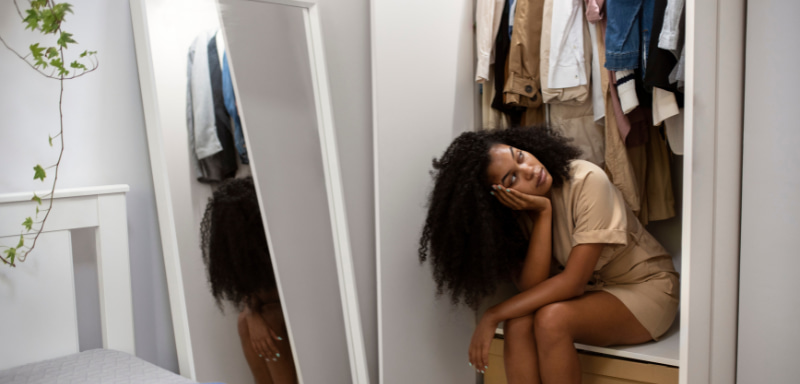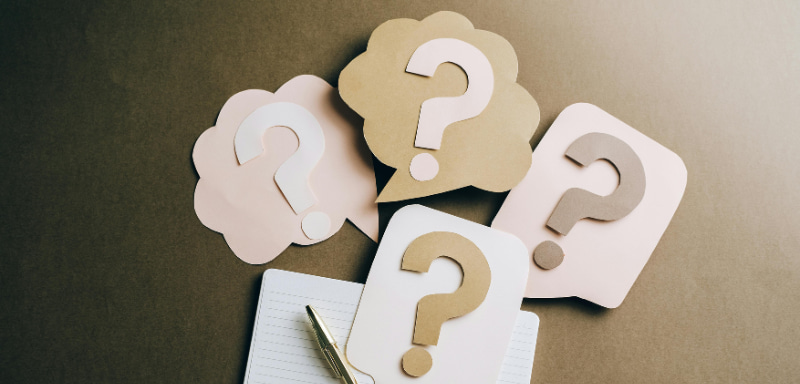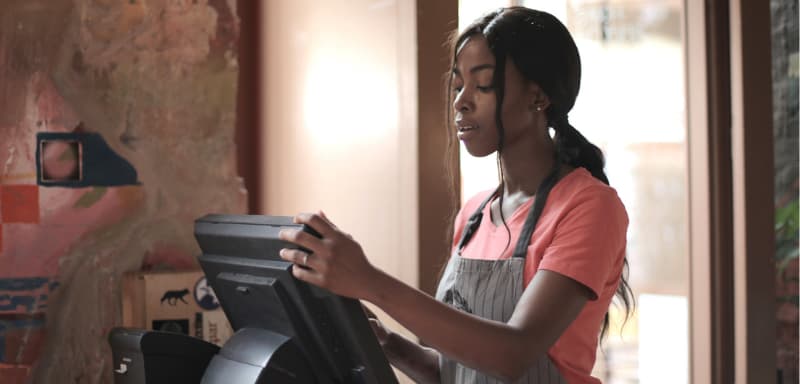Employment Tips
How to Dress for a Job Interview: Tips to Make a Great First Impression
This guide shows you how to dress for a job interview, whether it's formal or casual. Use these tips to make a strong impression and feel prepared.
Advertisement
Dress for Success: Job Interview Clothing Tips That Work

Dressing well for a job interview is about more than just looking good. It shows that you respect the opportunity and take the job seriously. When you choose the right outfit, you send a message that you are ready, prepared, and confident. Whether the job is at a retail store, an office, or a warehouse, looking neat and professional always creates a positive impression.
Understanding the Company and Industry
Before choosing your outfit, it’s important to understand what the company expects. Different companies and industries have different dress codes, and dressing the right way helps you fit in and feel more confident.
You will be redirected to another website
You’ll receive messages for less than 1 week, with a maximum of 1 message per day. You can unsubscribe anytime by replying STOP. By submitting this form, I confirm that I am 18+ years old and agree to the Privacy Policy and Terms and Conditions. I also provide my signature, giving express consent to receive informational messages via automated emails, SMS, MMS text messages, and other forms of communication. Message frequency may vary as part of our good-faith effort to respond to your inquiry. Message and data rates may apply. Text STOP to cancel. I understand that my consent to receive communications is not a condition of purchase and that I may revoke my consent at any time.
Researching Dress Codes
Start by checking the company’s website and social media pages. Look for pictures of employees or company events to see what people are wearing. This gives you a good idea of what’s normal at that workplace. You can also ask someone who works there or check job review websites.
Here are some common expectations:
- Offices and banks may expect formal wear like suits.
- Retail shops and government offices may allow business casual.
- Creative fields like media or design may allow smart casual outfits.
Understanding the dress code shows that you care about the job and want to make the right impression.
Adapting to Company Culture
Apart from the dress code, the company’s culture also matters. Some places are formal and traditional, while others are relaxed and friendly. Your clothes should match the workplace vibe while still looking clean and respectful.
For example:
- If you’re applying at a relaxed, creative office, neat jeans with a button-up shirt might work.
- For a more serious or professional setting, stick with clean, pressed clothing in neutral colours.
Dressing just slightly more formal than what employees wear every day is a safe and respectful choice.
Choosing the Right Interview Attire
Picking the right clothes depends on the type of job and the workplace. Here’s how to plan your outfit based on the level of formality expected.
Business Professional Attire
For formal jobs such as banking, admin, or executive roles, wear a full suit in a neutral colour like navy, black, or grey. A clean, pressed shirt or blouse is essential. Men can add a tie, and women can choose a modest blouse or top.
Shoes should be closed-toed and polished. Keep jewellery simple. Avoid anything flashy, and make sure your clothes are free from wrinkles and stains.
Business Casual Options
For less formal offices or interviews at retail stores or local companies, business casual is often enough. This includes dress slacks, neat skirts, button-down shirts, or simple blouses.
Wear clean, closed shoes like flats or loafers. Avoid jeans, sandals, or sneakers unless you’re sure they are acceptable. Keep your look professional but comfortable.
Creative and Tech Industry Choices
In creative fields or tech companies, the dress code might be more relaxed. Still, it’s important to look neat and tidy.
You could wear smart casual items like dark jeans with a nice shirt or blouse. Add clean, simple shoes and avoid loud prints or oversized logos.
Even in casual industries, looking clean and well-dressed shows respect for the interviewer and the opportunity.
Final Touches and Presentation

What you wear matters, but so do the small details. Grooming and accessories also play a big role in how you present yourself.
Personal Grooming Essentials
Make sure your hair is clean and neatly styled. Men should shave or trim facial hair. Women can wear light makeup if they choose, but it should look natural.
Keep your nails clean and trimmed. Avoid heavy perfumes or colognes, which can be distracting.
These small things help you look polished and put-together.
Appropriate Accessories
Keep accessories simple and professional. A watch or small jewellery is fine, but avoid anything that makes noise or draws too much attention.
Carry a clean, neutral-coloured bag or folder for your documents. Your shoes should match your outfit and be in good condition.
Weather-Appropriate Dressing
Dress smartly for the weather. If it’s cold, wear a clean, fitted coat. In warm weather, choose light fabrics but still look formal.
Arrive early to avoid looking rushed or sweaty. Carry an umbrella if it looks like rain. Being prepared for the weather shows that you are thoughtful and responsible.
Common Interview Attire Mistakes to Avoid
Here are a few things to stay away from:
- Clothes that are too casual, like T-shirts, flip-flops, or shorts.
- Loud colours, big logos, or over-the-top accessories.
- Clothing that is too tight or too loose.
- Wrinkled, stained, or dirty clothes.
- Strong perfumes or scents.
When in doubt, keep it simple and clean. It’s always better to dress slightly more formal than too casual.
Final Thoughts
Your interview outfit is part of your first impression. Dressing the right way helps you feel confident and shows the employer that you respect their time and company. Whether the job is in retail, an office, or a warehouse, looking your best can help you stand out for the right reasons.
Trending Topics

How to Answer ‘Tell Me About Yourself’ Effectively in Job Interviews
Nail the most common interview question with a short, smart answer that shows your value and personality — without sounding rehearsed.
Keep Reading
How to Follow Up After an Interview for Best Results
Don’t just wait — follow up the right way. This guide shows how to stay polite, show interest, and keep your name on the shortlist.
Keep Reading
How to Explain Employment Gaps Clearly and Confidently
Got a gap in your CV? No stress. Learn smart, honest ways to explain career breaks in a way that highlights growth, not setbacks.
Keep ReadingYou may also like

How to Find Jobs Near Me Without a Degree: Jobs You Can Get Right Now
Looking for jobs near you without a degree? Learn how to find entry-level work in South Africa using local job boards, networking, and more.
Keep Reading
Common Job Search Mistakes and How to Avoid Them
Avoid common job search mistakes that could cost you your next opportunity. Learn practical tips to make a great impression.
Keep Reading
What Does a Cashier Do: Key Responsibilities and Daily Tasks Explained
Cashier jobs are a great way to start working. Learn what the job involves and the skills you’ll need to work in shops and fast food outlets.
Keep Reading